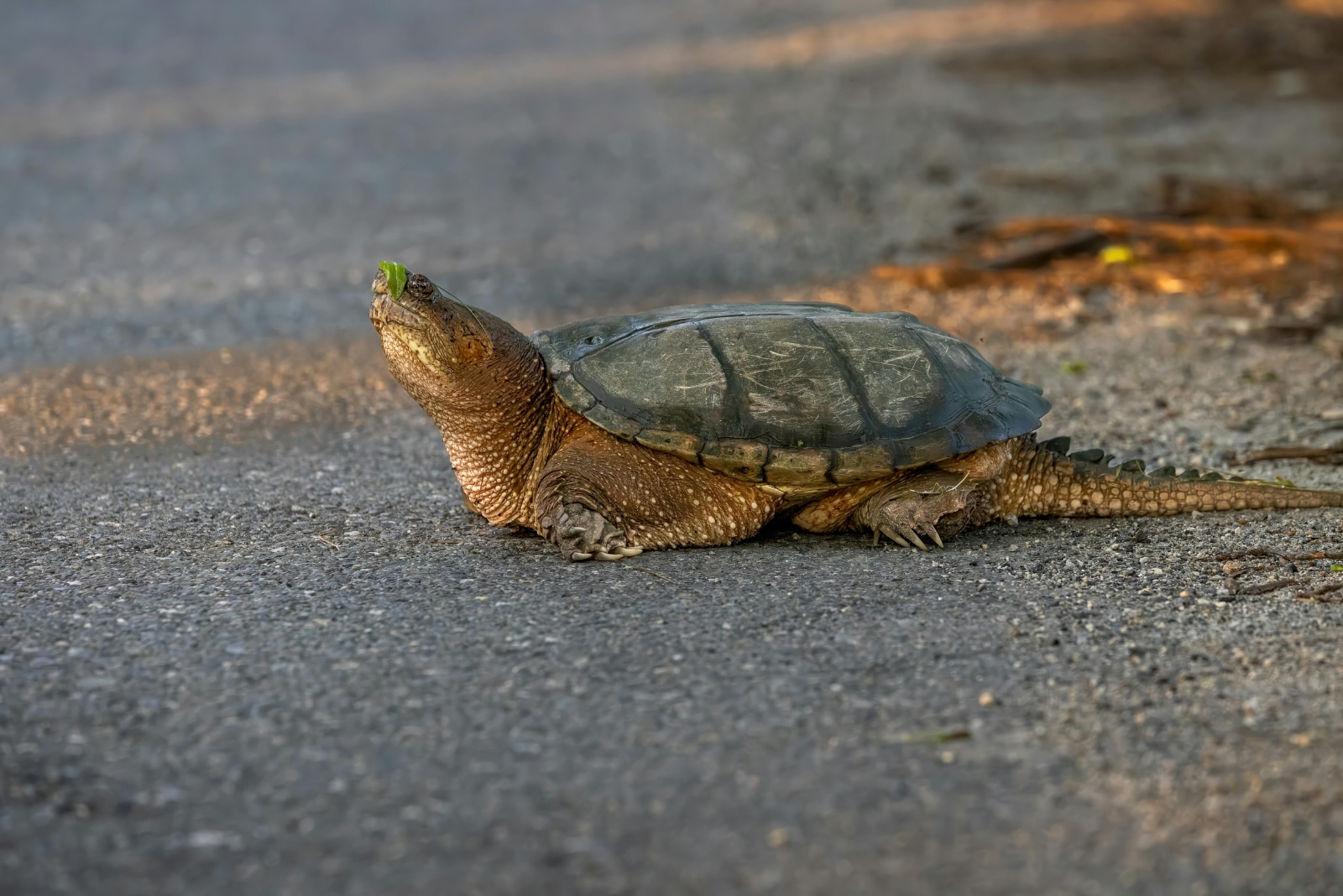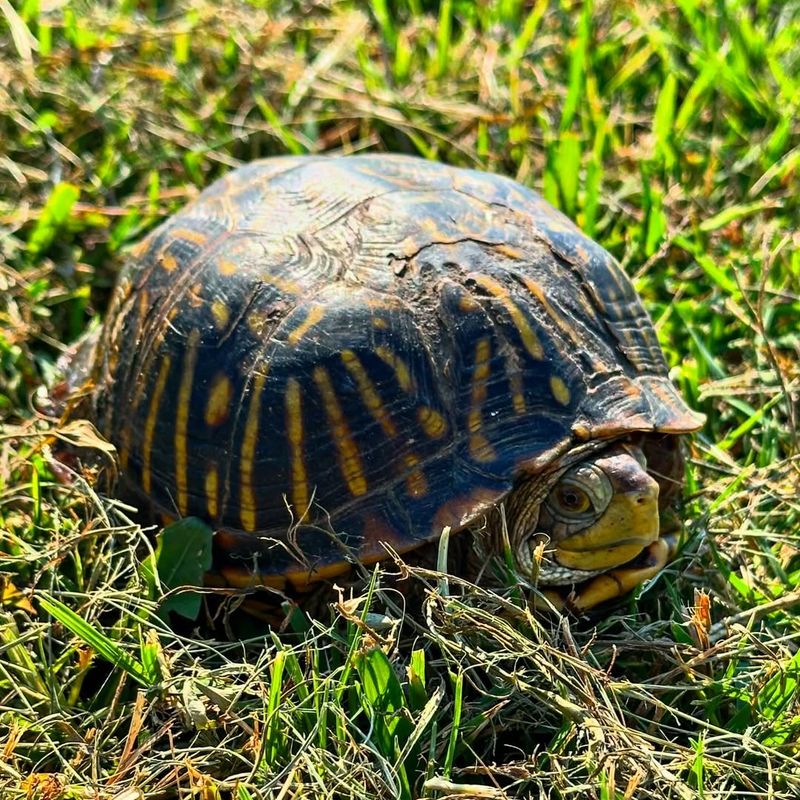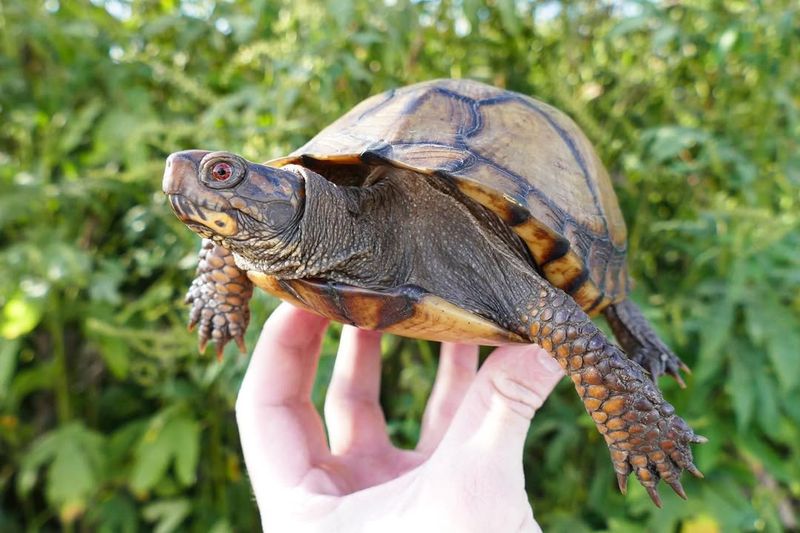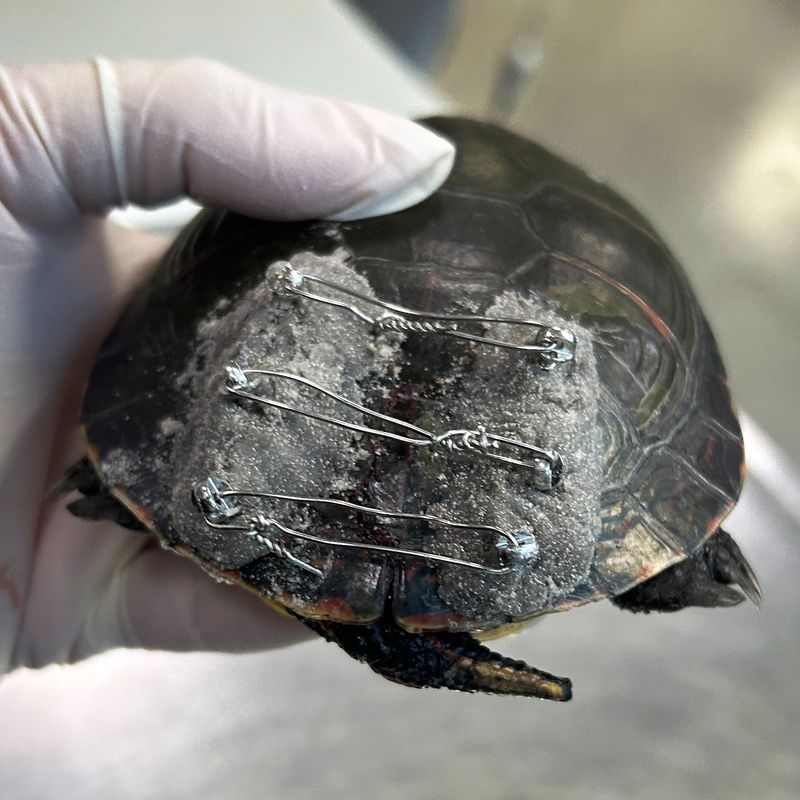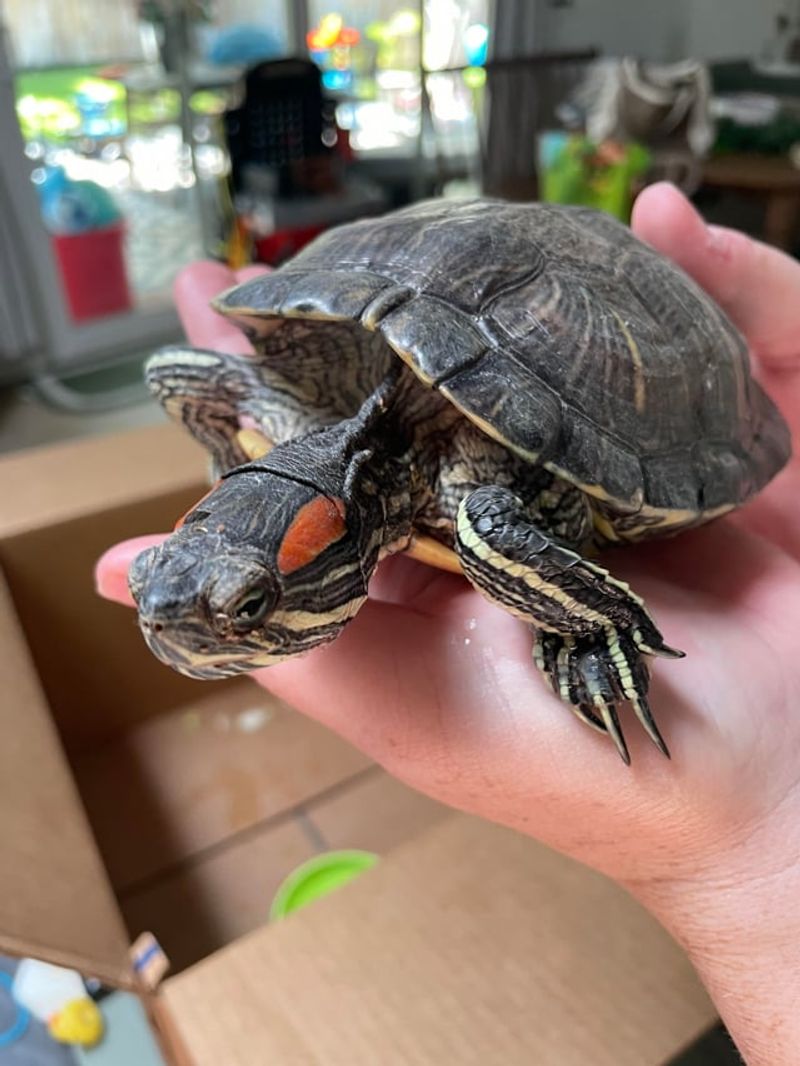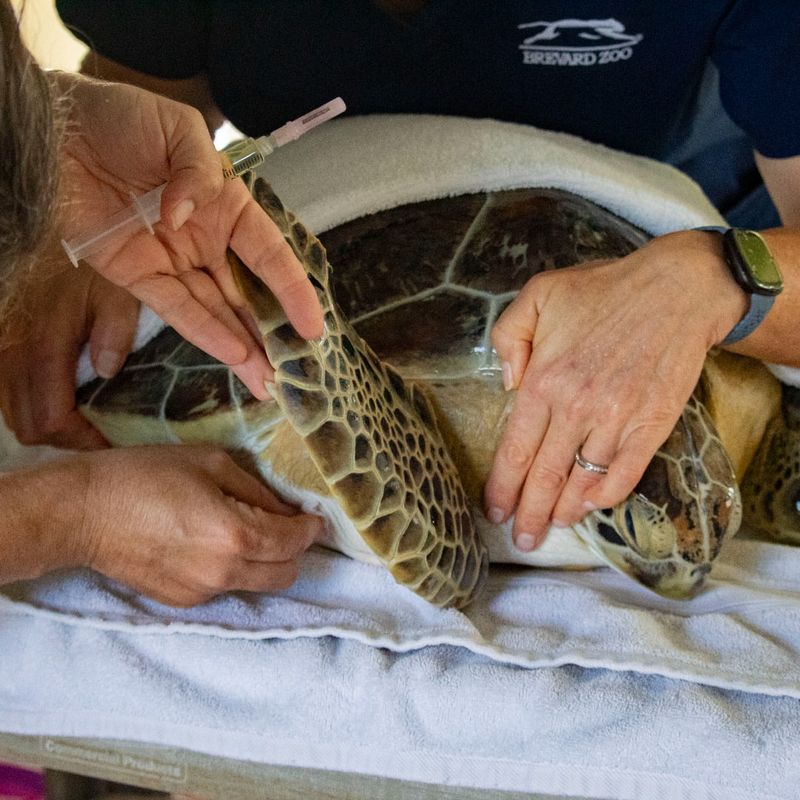A turtle in the yard can take a Louisiana homeowner by surprise. It moves quietly, shows no rush, and seems focused on its own business. Yet the sight raises questions fast: Is it lost? Is it safe to touch? Does it need help?
Louisiana’s wetlands, bayous, and neighborhood ponds support more native turtle species than most people realize, and each reacts differently to human interaction. A careful approach ensures the animal stays safe and the property owner avoids unnecessary stress or harm.
1. Observe From A Safe Distance First
Before rushing over, take a moment to watch the turtle from where you stand. Many turtles feel threatened when humans approach too quickly, which can cause them stress or make them retreat into their shells.
Look for any obvious injuries, unusual behavior, or signs of distress. Is the turtle moving normally? Does it appear stuck or in danger?
Keeping your distance also protects you from potential bites, especially if you encounter a snapping turtle with powerful jaws.
2. Identify The Species If Possible
Louisiana is home to several turtle species, including box turtles, red-eared sliders, and snapping turtles. Each type has different needs and behaviors you should understand.
Box turtles have dome-shaped shells with colorful patterns, while sliders often have distinctive red or yellow markings near their ears. Snapping turtles have rough, prehistoric-looking shells and long tails.
Knowing which species you found helps determine whether it belongs in water or on land.
3. Check If The Turtle Needs Immediate Help
Sometimes turtles wander into yards perfectly healthy and just need to be left alone. Other times, they require urgent assistance from wildlife professionals.
Look for bleeding, cracked shells, missing limbs, or signs the turtle was hit by a car or attacked by an animal. If the turtle seems lethargic in hot weather, it might be dehydrated.
Baby turtles far from water sources may also need relocation help to survive and thrive properly.
4. Handle With Proper Technique And Care
If you must move the turtle, always wear gloves or wash your hands thoroughly afterward. Turtles can carry salmonella bacteria that makes people sick.
Grab the turtle firmly on both sides of its shell, keeping your fingers away from its head and tail. Never pick up a turtle by its tail, as this can seriously injure its spine.
For snapping turtles, hold them by the back of the shell near the tail, keeping them away from your body.
5. Move It To Appropriate Habitat Nearby
When relocating a healthy turtle, always move it in the direction it was originally heading. Turtles have strong homing instincts and know where they want to go.
Aquatic turtles like sliders need to be near Louisiana ponds, lakes, or slow-moving streams. Land-dwelling box turtles prefer wooded areas with plenty of leaf litter and shade.
Never transport turtles across town or to different parishes, as this disrupts local ecosystems and can spread diseases between populations.
6. Contact Wildlife Experts For Injured Turtles
Injured or sick turtles need professional medical attention you cannot provide at home. Contact the Louisiana Department of Wildlife and Fisheries or a licensed wildlife rehabilitator immediately.
Keep the turtle in a secure, ventilated box with a damp towel while waiting for help. Place the box in a quiet, temperature-controlled room away from pets and children.
Never attempt to treat injuries yourself or keep the turtle as a pet without proper permits and knowledge.
7. Learn Local Laws About Turtle Protection
Louisiana has specific regulations protecting native turtle populations from overharvesting and habitat destruction. Some species are legally protected and cannot be kept or moved without permits.
Alligator snapping turtles, for example, are threatened species with strict protection laws. Taking them from the wild is illegal and carries serious penalties including fines.
Understanding these rules helps you make responsible decisions when encountering turtles and supports conservation efforts statewide for future generations.

